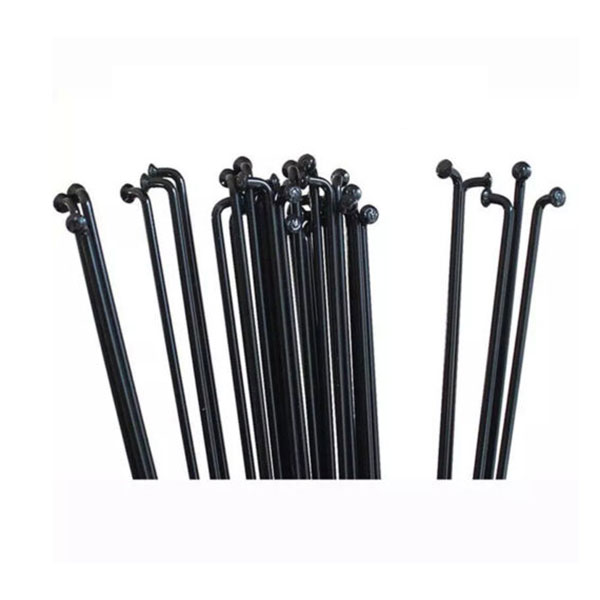Spokes are a crucial component of any high-performance wheel, playing a vital role in both strength and functionality. The engineering behind spokes has evolved significantly, ensuring that modern cycling experiences are not only reliable but also optimized for performance.
-
Precision Engineering: Rolled vs. Tapped Threads
One of the key advancements in spoke manufacturing is the method used to create the threads. Spoke threads are rolled rather than tapped. This rolling process results in a stronger and more precise thread, enhancing the overall durability and performance of the wheel.
-
Understanding Spoke Gauges
Most bicycle spokes are 14 gauge (2.0 мм), which serves as a standard starting point before they undergo butting or blading processes. Common configurations for butted spokes include 2.0/1.8/2.0 or 2.0/1.7/2.0, where the center section is thinner than the ends. While it may seem like splitting hairs, opting for thinner center sections can lead to significant weight savings without sacrificing strength. For instance, a 2.0/1.8/2.0 spoke typically weighs around 6 grams, while its 2.0/1.5/2.0 counterpart weighs just over 4 grams—resulting in an overall weight reduction of up to 88 grams on a set with 44 spokes.
-
Alloy Nipples: A Smart Choice
Another way to reduce weight is by utilizing alloy nipples instead of traditional brass ones. While older alloy nipples lacked the strength of brass, advancements in materials—particularly with 7000 series alloys—have bridged that gap significantly. Brass nipples weigh about 1 gram each compared to approximately 0.3 grams for alloy nipples; thus, switching to alloy can save around 31 grams on a set of wheels with 44 spokes.
However, it’s essential to consider environmental factors; alloy nipples may corrode faster than brass in high-corrosion areas unless mitigated by using internal washers.
-
Maximizing Performance with Gauge Variations
In addition to standard gauges, cyclists may also encounter 15 gauge (1.8 мм) and 13 gauge (2.34 мм) spokes in specialized applications. While 15 gauge wires are generally less common due to their similar weight profile to butted 14 gauge spokes, 13 gauge spokes offer remarkable strength and stiffness at approximately 9 grams each—though they do add weight overall.
Using fewer spokes with a thicker gauge can lead to improved aerodynamics while maintaining structural integrity.


